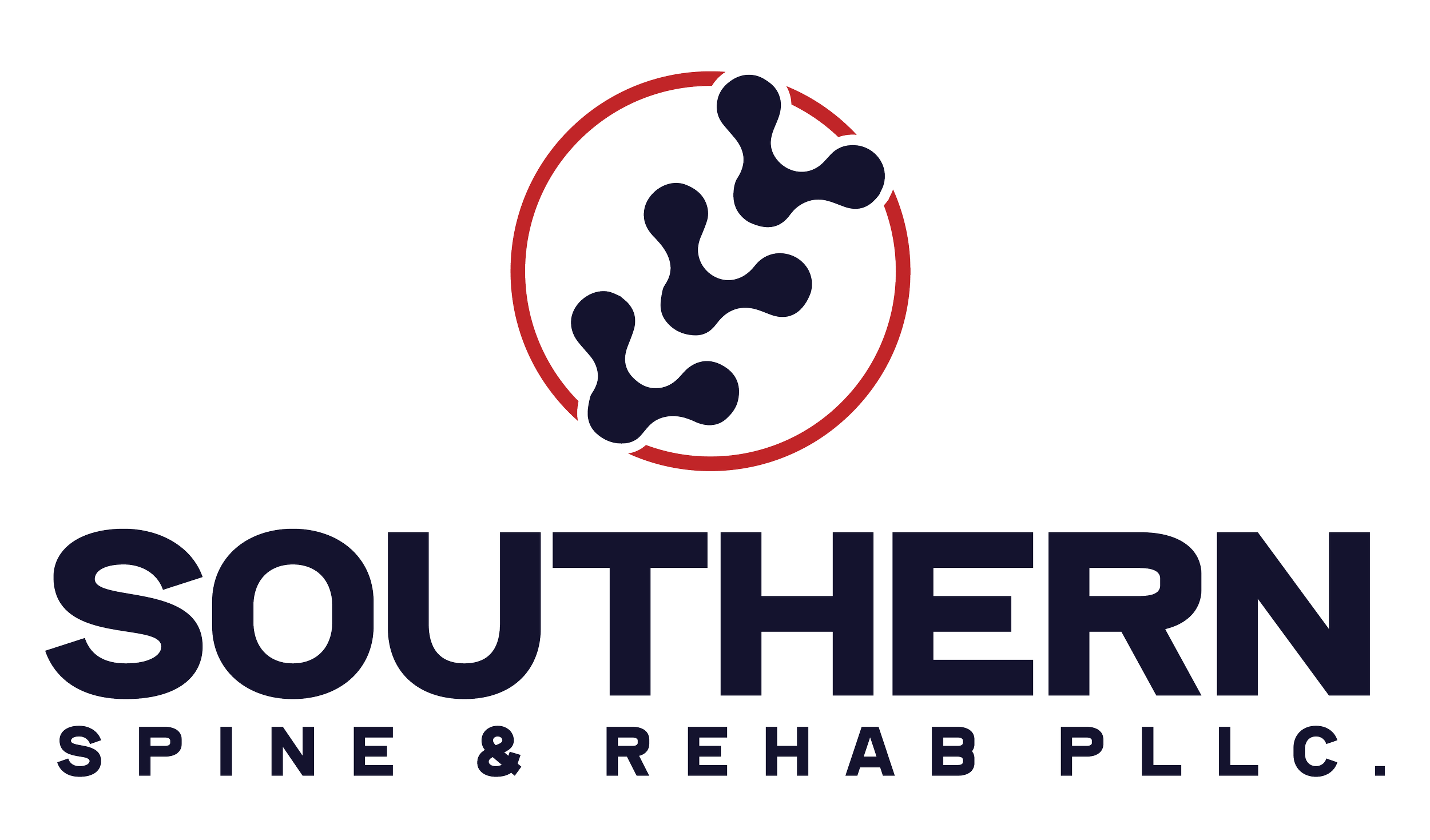What is a disc and is it causing my pain?
An intervertebral disc lies between vertebrae within the spine (C2/C3-L5-S1). Their function is to absorb shock and assist in spinal movements.
Picture it as a jelly-filled donut. The intervertebral disc (IVD) is divided into two parts:
1. An inner nucleus pulposus (the jelly)
2. The outer annulus fibrosus (the donut)
Image Courtesy of Wieber Physical Therapy
The strong annulus (or outer rings) of the disc serves to help resist forces placed on the disc and contain the nucleus (jelly).
When someone bends forward, the disc is slightly moved posteriorly (or away from the spine). When the annulus, the outer ring region of the spine, “gives out, tears, or sustains another injury” that is when a disc bulge or herniation can occur. It is extremely common to experience irritated nerve roots leading to burning, tingling, and/or numbness down the arms or legs following a disc injury.
Image Courtesy of MayoClinic
However, with today’s research, the disc has been found to be a major player in low back pain without even herniating or putting pressure on nerves. The outer 1/3 of the annulus, is supplied with many nerve endings.
With simple irritation to the annulus from prolonged postures, inactivity, repetitive strain and load etc, low back pain can occur.
You may notice that with a disc injury, your low back hurts worse in the morning. Our discs undergo a process called imbibition that causes the disc to swell at night.
98% of disc herniations are found a L4-L5 and L5-S1.
Image Courtesy of Sheltering Arms
Disc injuries are extremely commonly and can be treated successfully with non-invasive treatments the majority of the time.
Are you ready to become part of the Southern Spine Family? Book your first appointment below!



